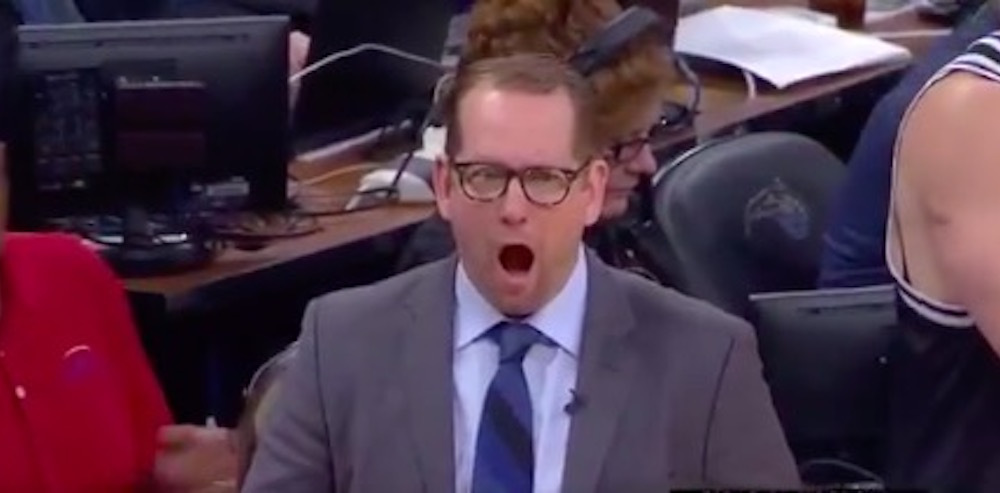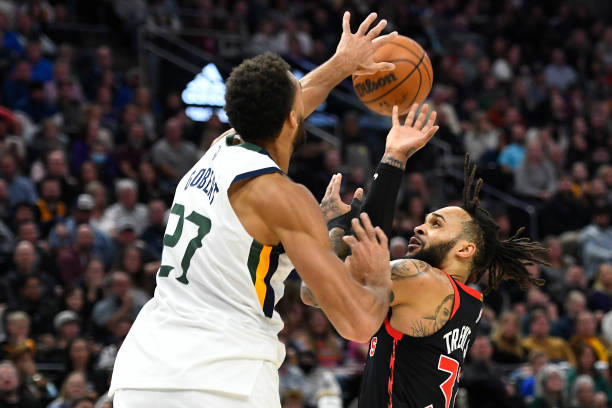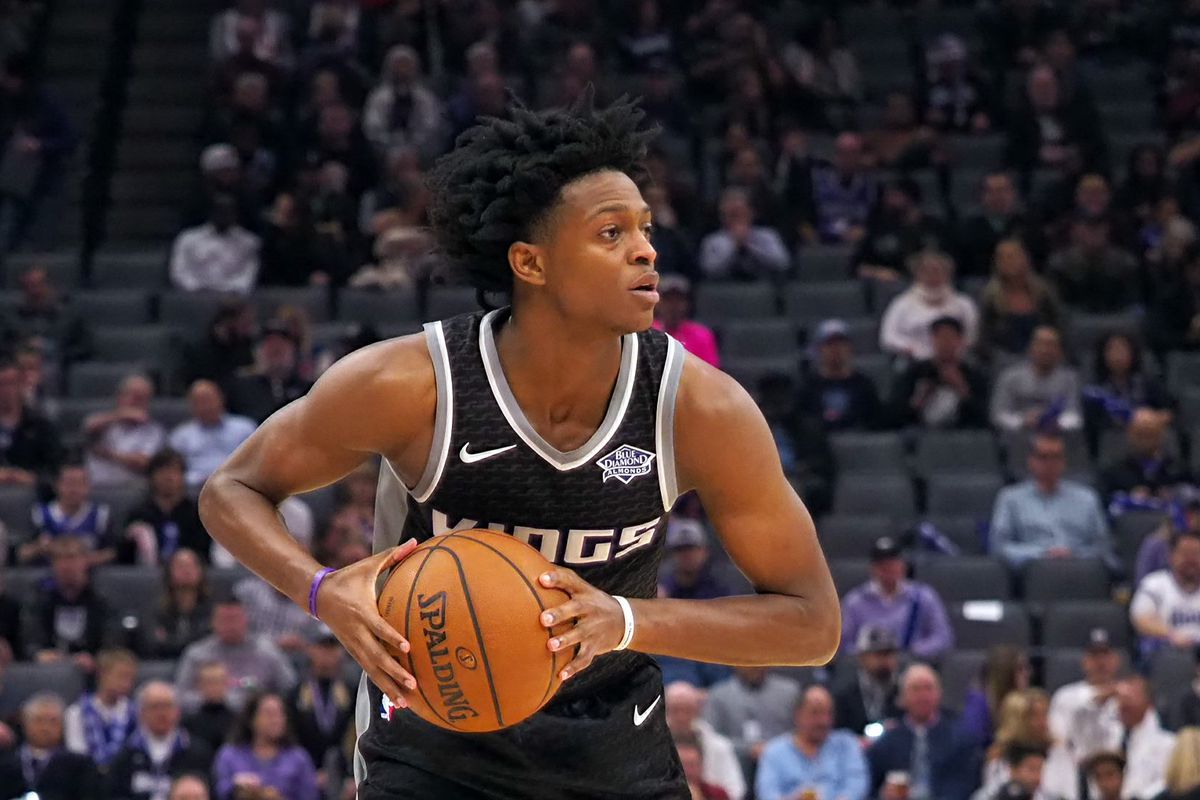Quick Reaction | Reaction Podcast | The Rap Up | Nothin’ But Positives
From the start of the season to their November 11 game against the Philadelphia 76ers, the Toronto Raptors scored only 104.2 points a game and still went 7-6. At one point during the stretch they had the highest net rating in the league! They managed that, of course, with a stifling defense that forced turnovers and misses with ease. Since then, they’ve managed 112.3 points per game … and gone 0-3. Toronto’s defense has collapsed.
It’s hard to know whether Toronto’s defense over the first 13 games was the real thing or not. They forced a whack of turnovers, cleaned their own glass, and forced opponents to play in the half-court more than anyone else. That on its own was enough to play some inspired defense — seemingly. But there were subtle issues, fault lines lurking beneath the surface the whole way.
Because of its aggressive scheme, Toronto frequently gave up a huge rate of corner triples to its opponents, including 15 percent or more of its opponents total shots five times in November. Opponents shot 80 percent or better at the rim twice over the same time period. When Toronto’s tactics don’t work, they really don’t work. And in a 119-103 loss to the Utah Jazz, Toronto’s entire approach to the defensive end was flawed from the get-go.
Nick Nurse and the Raptors started the game by blitzing the pick and roll. The results were so poor that they were at times comical. Khem Birch was asked to scamper from above the three-point arc to underneath the rim as soon as Utah’s guards gave up the ball, and the ask was almost impossible. Toronto gave up open dunks to Rudy Gobert or Hassan Whiteside with regularity, and when the Raptors finally compensated and sunk into the paint, it seemed like everyone tagged the paint at the same time, giving up easy swings for open triples for the Jazz.
The results were ghastly. The Jazz took 17 percent of their shots as triples from the corner — a season high (low?) for Toronto — and they shot 57.1 percent on them. (Toronto took a measly three percent of their shots from the corner, and they made zero. That’s a huge mathematical disadvantage for Toronto to overcome, let alone all the other discrepancies.) Utah shot almost 80 percent at the rim to boot, meaning that Toronto tried to turn off the tap for everything and instead saw the water main explode, giving up freebies all over the court.
“Well, we’ve gotta stick to what we do, and what we do is we try to protect the paint first and then get out and challenge hard,” said Nurse of the incredible number of threes this team is allowing. “You’ve seen us when we’re in and we’re out quickly, and we’re flying around a little bit, [that] is when we’re at our best, and we’re just not having enough of that, we’re not quite getting out to make them miss enough.”
On the plus side, Toronto’s offense has been mostly good over the last several games. They went through stretches of famine against the Jazz, as they failed to create much of use out of the pick and roll, but the overall offensive output was solid. Gary Trent jr. was a flamethrower, and Fred VanVleet chipped in with bursts. Khem Birch, for a stretch, was unstoppable with his floaters. They scored well (in the first half) despite getting little from Pascal Siakam and nothing from the bench. Utah changed its pick-and-roll defense to limit Toronto’s guards’ passing angles to the screeners, and Toronto wasn’t able to shift to take advantage. Still: the offense was mostly fine. That has been a trend during Toronto’s losing streak.
To be fair, Siakam played two excellent offensive games before his stinker against Utah. It’s hard going up against Royce O’Neale and Rudy Gobert, and Siakam didn’t make things easier on himself with his offensive choices. But he’s still working his way back from injury, and it’s important to note that his highs against Detroit and Portland were so exquisite that he is worth waiting for. The team is not at its offensive best without Siakam doing his thing. His ability to attack the rim and draw help or score against isolation coverage is unique on this team and vital for consistent half-court offense. He even had some impressive plays against Utah. On one occasion he caught the ball in the post against O’Neale, drew a double team from Gobert, pivoted on his inside foot to face up, and then stepped nimbly through the double for the layup. On another he drove and drew the entire defense before throwing a nifty bounce pass behind him for Birch, who finished of course with a floater.
So it wasn’t all bad. (Even though it was very, very bad.) But Siakam is still an incredibly unique and positive offensive player. Don’t throw out the baby with the bathwater.
Which brings us back to the defense. Is it baby, or is it bathwater? It’s starting to seem like Toronto’s defensive excellent to start the season might have been something of a deepfake. We know they can play the system well based on it working for the beginning of the season. But playing a defensive system that works perfectly when it works, but only works approximately half the time (and that might be generous) may not be the best idea. Whether Toronto’s quest for defensive perfection simply requires a recommitment to the schemes and health across the roster — or whether the destination is a mirage, like trying to catch the wind, in trying to wall off the paint without a rim protector — remains to be seen.




